Frederica Freyberg:
I’m Frederica Freyberg. Tonight on “Here & Now,” the Cardinal-Hickory Creek transmission line got a green light from the Public Service Commission. We’ll hear from both sides of that decision. Our series of interviews with members of Governor Tony Evers’ cabinet continues. Tonight I talk with Corrections Secretary-designee Kevin Carr. And we hear from a Republican co-sponsor of a bill that would allow pharmacists to prescribe birth control. It’s “Here & Now” for August 23.
Announcer:
Funding for “Here & Now” is provided in part by Friends of Wisconsin Public Television.
Frederica Freyberg:
Over stiff opposition, the state Public Service Commission voted unanimously this week to approve a nearly 100-mile long high-voltage transmission line from Iowa through southwest Wisconsin. The Cardinal-Hickory Creek line will start in Dubuque and head through Wisconsin to just west of Madison. Rate payers in Wisconsin will pay about $67 million of the $500 million project. The vote came amid opposition from land owners in the region and conservation groups, as well as several state legislators whose districts are located along the power route. The PSC chair, a Governor Tony Evers’ appointee, said the decision was difficult, but has long-term value.
Rebecca Valcq:
This all-of-the-above approach is not only for the types of energy to be produced but where the clean energy comes from. We need clean energy resources built right here in Wisconsin, but we also need access to those resources from other states. The only way to access clean sources of power outside of Wisconsin is with transmission. For me, the risks of not building this line and being wrong are just too great. I’m voting for the project to ensure energy reliability in our region and access to lower cost, clean energy can be achieved.
Frederica Freyberg:
The chair’s view that new lines can be a link to clean energy is shared by RENEW Wisconsin, a non-profit organization that promotes renewable energy in the state. Tyler Huebner is the executive director of RENEW and he joins us now. Thanks a lot for being here.
Tyler Huebner:
Thank you for having us.
Frederica Freyberg:
So tell us why you and RENEW are in favor of this high-voltage line.
Tyler Huebner:
I go around the state and give talks about the rapidly changing landscape of renewable energy. And we’re really seeing these revolutions both on the distributed renewable side, solar on rooftops of homes and buildings, but also in our utilities, and utility scale renewables. Where we’ve seen the costs of solar come down about 88% in a decade, the cost of utility scale wind come down 69% in a decade. And there is just tremendous momentum behind this transition away from coal and towards clean renewable energy, but in Wisconsin, we’re still 55% coal-fired power plants for our electricity as of 2017. So we see this line as a link that’s going to enable more renewable development not only in the Midwest but also actually in Wisconsin.
Frederica Freyberg:
So you think that this transmission line will help Wisconsin become carbon-neutral by 2050 as is the declared goal of the Evers’ administration?
Tyler Huebner:
Exactly. Governor Tony Evers has just reinstated this goal with his executive order last week for the state to be 100% carbon-free electricity by 2050. We view this line as a link to help make that happen. We think a lot more needs to happen besides that, clearly, and we understand the complexities of reaching that goal. We think distributed energy has a humongous role to play in that, but we also think the scale of transitioning our grid away from coal and to large-scale wind and large-scale solar is going to require an investment like Cardinal-Hickory Creek.
Frederica Freyberg:
But will the wind energy from Iowa, Minnesota and the Dakotas just pass through this Wisconsin line headed for other states that are east of us?
Tyler Huebner:
No, Wisconsin is — you know, we’ve got the Madison area and we’ve certainly got Milwaukee. Those areas are well connected by transmission today, and this is really the final link of 17 lines throughout the whole Midwest and this energy is going to come into Wisconsin. We think it’s very exciting because we know that it’s very low cost. As I said, the cost of wind power has come down almost 70%. The way that the Midwest market works is the lowest cost resources get deployed first. And so that wind is going to come in first and then more expensive stuff is going to get layered op top of it. And we think over time, it’s actually going to displace more of our coal-powered generation in the state.
Frederica Freyberg:
Isn’t this transmission line also for fossil fuel?
Tyler Huebner:
Well, it is part of the entire Midwest grid. And so it’s going to — you know, the power plants that are on today are going to be able to use that line, that’s true, but we also have to look at what is that future mix going to look like and how do we get there. And in our view, this is the type of line that’s going to allow lower cost wind and lower cost solar to actually displace higher cost, specifically coal power plants as time goes on.
Frederica Freyberg:
Now I know that American Transmission Company and the PSC said this line was needed to provide reliability in energy, and yet I understand the other experts say that there’s a surplus of electricity supply in Wisconsin, and reliability isn’t an issue. What about that?
Tyler Huebner:
Yeah, so this project was one of 17 projects called the “Multi-value Project Portfolio,” or “MVP Portfolio” throughout the MISO region. All 17 of those were studied together, but each line had to provide net positive benefits to the whole region in terms of increasing reliability, in terms of allowing lower cost energy to flow, and reducing congestion between different areas, and third, to help us as our states, to help our states meet increasing renewable energy targets. Now that was back in 2011. In that time when they studied it originally, they predicted by 2025, we would have about 13,000 megawatts of wind in the Midwest. That would be about 7% of MISO, the Independent System Operators’ electricity. So their prediction was 13,000 by 2025. We’re already over 16,000 megawatts today, with about — and we will soon, in 2020, be at about 24,000 megawatts. So we’re going to be more than twice the amount of wind that they predicted for 2025. We’re going to hit that by 2020. There’s another 20,000 megawatts beyond that, and then there’s about 20,000 more in earlier stages. So we could be, by 2025, 2030 time frame, 6 to 10 times more wind in renewables than what they had studied previously. So that market is just changing so dramatically, and it’s actually forcing the conversation back to the Midwest Independent System Operator. You have to plan faster because this revolution is here.
Frederica Freyberg:
All right. Tyler Huebner, thanks very much.
Tyler Huebner:
You bet.
Frederica Freyberg:
More now on the Cardinal-Hickory Creek transmission line and another view. The Driftless Area Land Conservancy is dedicated to the preservation of the natural landscape of southwest Wisconsin. The conservancy opposes the new transmission line and is represented by Howard Learner, an attorney with the Environmental Law and Policy Center out of Chicago. Thanks very much for being here.
Howard Learner:
Good to join you.
Frederica Freyberg:
So I understand that you do anticipate filing a law suit over this PSC ruling.
Howard Learner:
The Driftless Area Land Conservancy and the Wisconsin Wildlife Federation who said the commission got it wrong; as a matter of law, as a matter of fact and as a matter of policy, if they try to do an interim order that reflects the discussion earlier this week. If so, they’ve said we’re going to appeal.
Frederica Freyberg:
On what specific grounds did they get it wrong?
Howard Learner:
First of all, the law in Wisconsin is, you have to demonstrate that the transmission line is needed for reliability. This one isn’t. Wisconsin has a surplus of power, the staff of the commission testified that it wasn’t needed. There’s extensive evidence in the record. The commission also has to look at the impact on the environment. And when it comes to the environment, this is a huge transmission line with 17-story high towers going through the heart of the Driftless area. It would cut a wide swath right through the middle of the Driftless area. Harm communities, farms, people, natural resources. Go through the Black Earth Creek Watershed as well. And on that, the commission didn’t give enough weight to it. The commission said we think this line should go forward, so the environmental piece of it, that’s just got to go. And finally, this is a transmission line that faced unprecedented public opposition. Thousands of people turning out at public hearings, and the legislators, both Republicans and Democrats from the area, the Dane County Board, the Iowa County Board all saying to the commission, don’t do this. And the commission has disrespected the people in southwest Wisconsin and the public officials in southwest Wisconsin.
Frederica Freyberg:
Given that opposition, were you surprised by the vote?
Howard Learner:
You know, I was surprised that the commission seemed to know what they want to do. They didn’t look at the testimony that was put in by the intervenors here, the head of the Federal Energy Regulatory Commission during the prior administration, one of the top energy experts in the country, George Meyer, head of the Wisconsin Wildlife Federation, former secretary of Wisconsin DNR. A whole team of experts. And indeed the commission ignored and in effect refuted its own staff’s testimony. We expected better from the commission. We’re very disappointed.
Frederica Freyberg:
What about the argument from supporters that this transmission line will be a cornerstone in the transition from fossil fuels to a clean energy grid?
Howard Learner:
Well, you’ve got to go to the testimony in the record. That sounds nice, but Mary Neill, who was the expert witness for the Citizens Utility Board explained this transmission line is going to carry fossil fuel, as much if not more so than wind. So this is not a wind-only line. There’s nobody who can seriously make that case. This line according to the Citizens Utility Board testimony and other testimony in the record is going to carry fossil. So it’s not a line that solves those problems. And there are better ways to develop the clean energy economy in Wisconsin.
Frederica Freyberg:
And I was just going to ask that. What should Wisconsin be doing to get to carbon neutral?
Howard Learner:
Here’s what Wisconsin could be doing that would be much better. And it would avoid that sort of impact on the Driftless area. The terrible damage this will create. First of all, continue to aggressively develop renewable energy here. There’s 4500 megawatts of solar energy in development in Wisconsin. That’s more than any other state in the Midwest. That’s really big time progress and there’s some wind projects that are going forward too. Secondly, we need to be much smarter on energy efficiency. Energy efficiency saves consumers, saves businesses money. The best, the fastest, the cheapest solution to our climate change problems. And finally, as the staff talked about and a number of the parties talked about, there’s some existing transmission lines in southwest Wisconsin that are old and not as efficient as they may have been. Upgrade them, make them work better. Use this sort of modern transmission technologies that are more efficient, deliver more bang for the buck. When all’s said and done here, there are much better alternatives, much better ways to meet Wisconsin’s energy needs. We’re here just being a pass-through for somebody who wants to sell some power from out west to somewhere out east.
Frederica Freyberg:
So in terms of the line, let’s say the PSC ruling sticks and we’ve got this route. Would you expect to challenge the route because of the concern about it cutting through the Driftless area?
Howard Learner:
There are concerns about the route and there are concerns about the need and as I said, there’s an unprecedented number of intervenors who’ve been in this case. So different parties may challenge it on a different basis. When all is said and done, this is like a hugely expensive investment in landline telephone wires and poles when cellular technology is about ready to move forward rapidly. We can do better here.
Frederica Freyberg:
We need to leave it there. Howard Learner, thanks much.
Howard Learner:
Good to join you.
Frederica Freyberg:
Thanks. Wisconsin prisons are busting at the seams. Nearly 6,000 inmates over capacity. With population steadily on the rise. At the same time, the most recent state budget funds a 14% increase in starting pay for correctional officers in efforts to fill vacancies among guards. Add to that work to replace the troubled Wisconsin youth prisons, and it’s a full plate for the new Department of Corrections Secretary-designee Kevin Carr. We talked with him at his office. In terms of prison population, what explains the prison system being more than 30% over inmate capacity?
Kevin Carr:
I think there’s a number of factors that go into our current prison population. Most notably, the current sentencing structure in the state of Wisconsin. “Truth in sentencing” has put us in a position where many of the people that are currently serving sentences in prison don’t have the opportunity for parole. And that, I think, is one of the more significant factors that has led to our increased population.
Frederica Freyberg:
But at the same time, you need more correctional officers. How many more?
Kevin Carr:
Well, right now, we have about 760 vacancies in the Department of Corrections. Our overall vacancy rate including medical staff, teachers, social workers, administrative staff and security staff is about 16%.
Frederica Freyberg:
And what is that number like? Is that a crisis?
Kevin Carr:
Well, you know, it’s certainly a challenge for us every day. I would describe it not as a crisis but certainly a serious situation.
Frederica Freyberg:
How well have overall raises and incentive pay to work at the max security institutions worked to attract officers?
Kevin Carr:
Well, it has worked in our opinion very well to attract new officers in the door. We currently — our last two academy classes have had approximately 70 individuals in the classes. And that is more than there had been for any of the classes in the previous few years. And the majority of those folks have applied to work at the maximum security institutions that were impacted by the $5 add-on.
Frederica Freyberg:
In terms of overcrowding and understaffing, how dangerous does it make for both inmates and staff?
Kevin Carr:
It certainly does make things less safe to have staff shortages. And it impacts the ability for us to provide services and programming to those we care for our facilities, but I have to credit the staff at our facilities. Our correctional officers and staff there do a terrific job under very trying circumstances. And although we have a great investment in our staff made by the governor’s budget where he put in $36 million of new money towards paying the wages of security staff at our facilities. It’s a step in the right direction, but there’s more work to be done in that area in order to pay our folks what they deserve to be paid.
Frederica Freyberg:
On the issue of rising numbers of inmates, several reports focus on what advocates call crimeless revocation, those being parole revocations with no new convictions that represent more than 35% of all new prison admissions. To reduce the numbers as you know, Governor Evers said he would look at possibly halting re-incarceration for rule violations. How complicated could that be?
Kevin Carr:
Well, it is complicated and from the day that I was appointed as the secretary of corrections, my very first day on the job, I tasked my Division of Community Corrections to come up with a plan to address that specific area of crimeless revocations and how we can do much better in that area.
Frederica Freyberg:
Would it take a different kind of method for reintegration following prison — you know, getting out of prison?
Kevin Carr:
Well, you’re talking about re-entry efforts, I think. And the governor has put in our budget additional dollars for re-entry programs such as our “OARS” program – Opening Avenues for Re-entry Success and job centers that are located in our facilities that help make those that we care for in our facilities ready to be employed upon release from our facilities. But I would also add, the governor and I both believe very strongly that in order for us to have the maximum effectiveness in reducing recidivism, we have to provide more programs and supports for those that are on supervision in our communities. Not only on the back end when they come out of our facilities, but there needs to be more programming in general in mental health, drug treatment and job training on the front end that would keep people from coming in to the system in the first place.
Frederica Freyberg:
Is there any way to reduce the prison population by 50%, which Governor Evers says he is still committed to?
Kevin Carr:
Well, the governor has not specifically told me, Kevin, here’s the keys, let 50% of the people out in a certain amount of time. The governor and I have had many conversations about how to reduce the prison population. The first and foremost thing that Governor Evers has insisted on is that we keep public safety first and for most in our minds. And that any inmate population reductions that will occur will occur in a very thoughtful, deliberate manner.
Frederica Freyberg:
As to the troubled youth correctional facilities, what is the status of when those will close and be replaced with these regional facilities?
Kevin Carr:
Well, there was a trailer bill that was just passed in the budget for Act 185 that extended the deadline to July 1st, 2021 as to when Lincoln Hills will be closed. We’re going to do everything that we can to meet that deadline, but of course the governor and I are committed to closing Lincoln Hills as soon as possible and when we have appropriate places to place our youth.
Frederica Freyberg:
In the overall prison population, how concerning is the black incarceration rate, at 12 times the rate of whites, putting Wisconsin second in the nation for racial disparity?
Kevin Carr:
It’s very concerning to the governor and I. We are looking at ways that we can increase the level of fairness for all persons in the state of Wisconsin that are involved in the criminal justice system.
Frederica Freyberg:
All right. Kevin Carr, thanks very much.
Kevin Carr:
You’re welcome.
Frederica Freyberg:
A slate of more than 40 Republican lawmakers in Wisconsin have broken with anti-abortion groups by introducing a bill allowing broader access to birth control. In tonight’s look ahead, a bill supported by the legislators including Speaker Robin Vos would allow pharmacists to prescribe birth control pills and hormonal contraceptive patches. Lead sponsor Republican Representative Mary Felzkowski of Irma joins us now by phone. Thanks for doing so.
Mary Felzkowski:
Thank you for having me on.
Frederica Freyberg:
So why do you and others think women should be able to get contraceptives from a pharmacist and not just their doctor?
Mary Felzkowski:
So I think you know, when prescription medication is — it needs like a doctor to prescribe it, there’s certain criteria that goes in there as well around the safety of the drug. Over the years since the birth control bill was first introduced, I mean back in the 60s, it had a high level of hormones and there were side effects to it. But over the years as the science has have come farther, there’s very low — low level of hormones that are involved in it. If I go into my doctor for the first time for birth control, they’re going to take my blood pressure and they’re going to do a health screening. They’re going to look at what other drugs I’m on and then they’re going to recommend whether or not I should be on the birth control pill or oral contraception. Pharmacists are trained to do the same exact thing. They know how drugs interact with each other. They know if somebody has high blood pressure, they might need to have some further exam and stuff on that. So we looked at this and said that the good far outweighs — I mean there’s risk with everything whenever you take a drug but the ability for women to access this and easily access it, far outweighs the challenges that are out there. And keep in mind the plan B or the” morning after” pill has seven times the hormone level that most oral contraceptions have and yet you don’t even have to go through the pharmacist to get it. You can walk in and buy it off the shelf. So it just makes sense to make this available for women a lot easier through the help of a pharmacist.
Frederica Freyberg:
So what are the specific rules around this for a prescribing pharmacist?
Mary Felzkowski:
So it’s not a mandate for pharmacists. This is optional if they want to offer the service. So if I come in there, they would have to do a health screening on me, a questionnaire, and then blood pressure before they would be able to give to me, the prescription.
Frederica Freyberg:
Some conservatives and anti-abortion groups, as you know, oppose broadening contraceptive access including Wisconsin Family Action which says, “Increasing the availability of certain contraceptives will not necessarily reduce unintended pregnancies but it could definitely promote sexual activity among unmarried persons, a situation that is not in the individual’s best interest or the state’s. In addition, some contraceptives prevent a fertilized egg from implanting in the uterine wall, which causes a pre-term chemical abortion killing the unborn human baby. We do not support such contraceptives.” What do you say to that?
Mary Felzkowski:
So we heard testimony, scientific testimony and report, you know, that what the birth control pill does is it thickens the mucus lining on the uterine wall, okay, which prevents a sperm from actually reaching the egg and from contraception to take place. And if this is true, and this was pointed out by one of the scientists that testified. So if what they’re saying is true, we would have more ectopic or tubular pregnancies. So it’s not true. Let me just clarify, I am 100% pro-life. 100%. 100 other developed countries have done this. Other states have done this. And one of the examples that was given is the unplanned pregnancy rate in Denver, Colorado since they have gone to this has dropped by 50%. So in my mind, it gives young women, especially young women in poverty, it gives them more control about planning on when they’re going to have their child. And by allowing that, if we can get kids through high school, let them get their degree, hopefully maybe get some secondary education and out in the workforce before they plan to have their children, we take them out of that lifetime of poverty. Young women under the age of 20 that have children out of wedlock are 75% more likely to live their life in poverty than out of poverty.
Frederica Freyberg:
With just about 30 seconds left, can I ask whether you consider this a break with groups like Pro-life Wisconsin and Wisconsin Family Action?
Mary Felzkowski:
No, I personally don’t. But they do. So everybody’s entitled to their opinion. So no, our caucus is predominantly 100% pro-life and this is supported by our caucus.
Frederica Freyberg:
All right. I know that. Thank you very much, Representative Mary Felzkowski of Irma, thanks for joining us.
Mary Felzkowski:
You bet. Have a great weekend.
Frederica Freyberg:
You too. With the fall semester just a few weeks away, UW-Madison’s famous Camp Randall receives a new look at its front gate. The “Nails Tails” statue, which has dominated the stadium’s facade since 2005, was taken down this week. The statue received criticism for its “unique” look, and will be replaced by a bronze badger. The new installation aptly named “The Badger” was sculpted by Wisconsin artist Harry Whitehorse and was unveiled outside Camp Randall this week. The Badgers’ season home opener at Camp Randall is against South Florida, a week from tonight. And that is our program for tonight. I’m Frederica Freyberg. Have a great weekend.
Announcer:
Funding for “Here & Now” is provided in part by Friends of Wisconsin Public Television.
Search Episodes
News Stories from PBS Wisconsin

Donate to sign up. Activate and sign in to Passport. It's that easy to help PBS Wisconsin serve your community through media that educates, inspires, and entertains.
Make your membership gift today
Only for new users: Activate Passport using your code or email address
Already a member?
Look up my account
Need some help? Go to FAQ or visit PBS Passport Help
Need help accessing PBS Wisconsin anywhere?

Online Access | Platform & Device Access | Cable or Satellite Access | Over-The-Air Access
Visit Access Guide
Need help accessing PBS Wisconsin anywhere?

Visit Our
Live TV Access Guide
Online AccessPlatform & Device Access
Cable or Satellite Access
Over-The-Air Access
Visit Access Guide
 Passport
Passport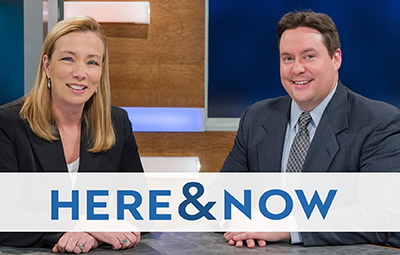

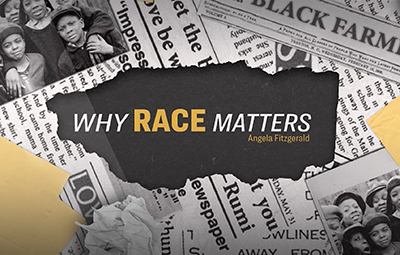
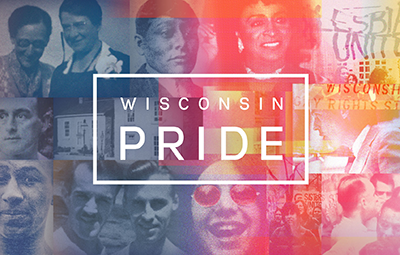
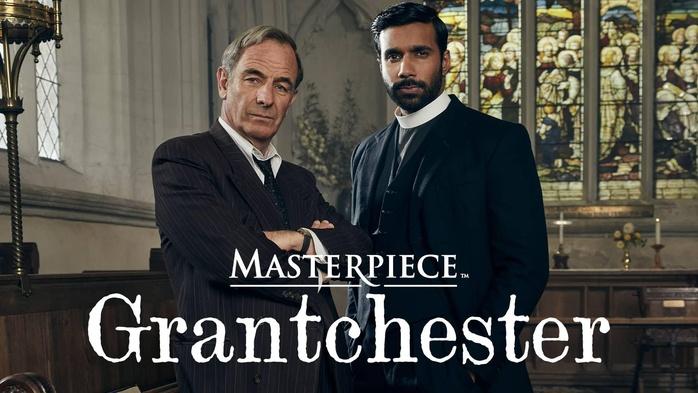

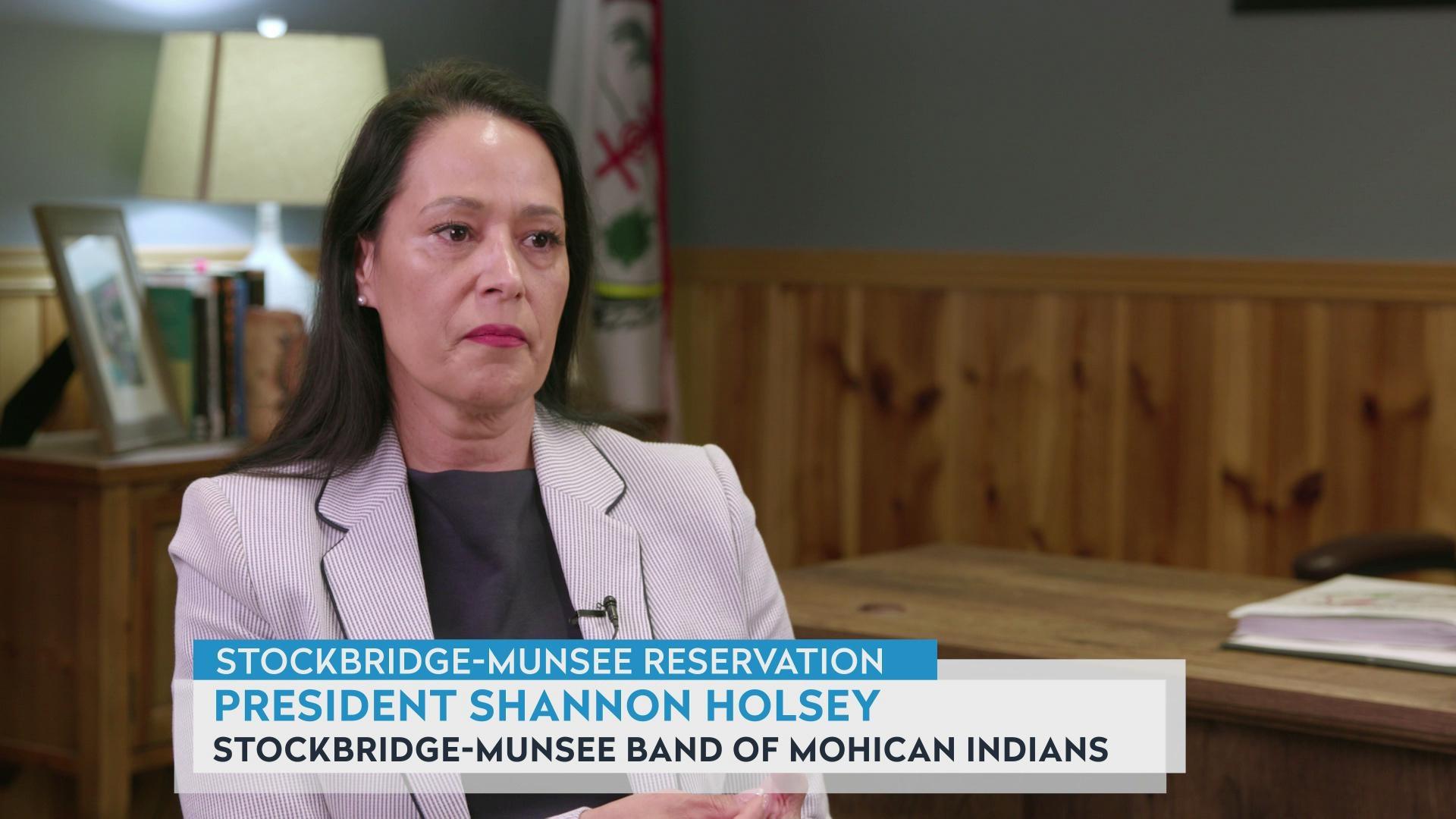

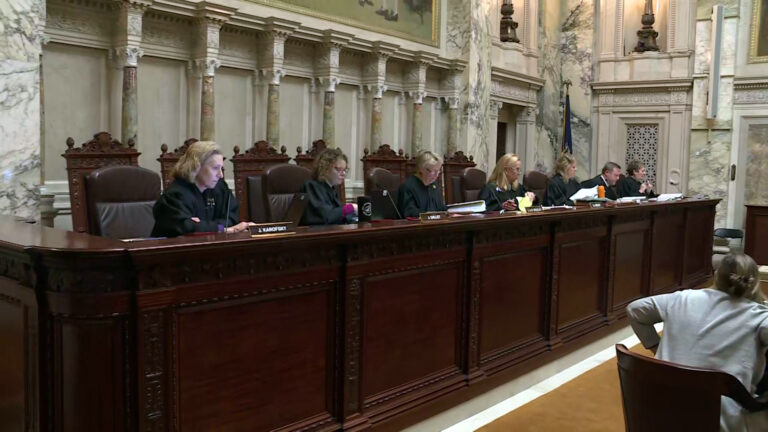
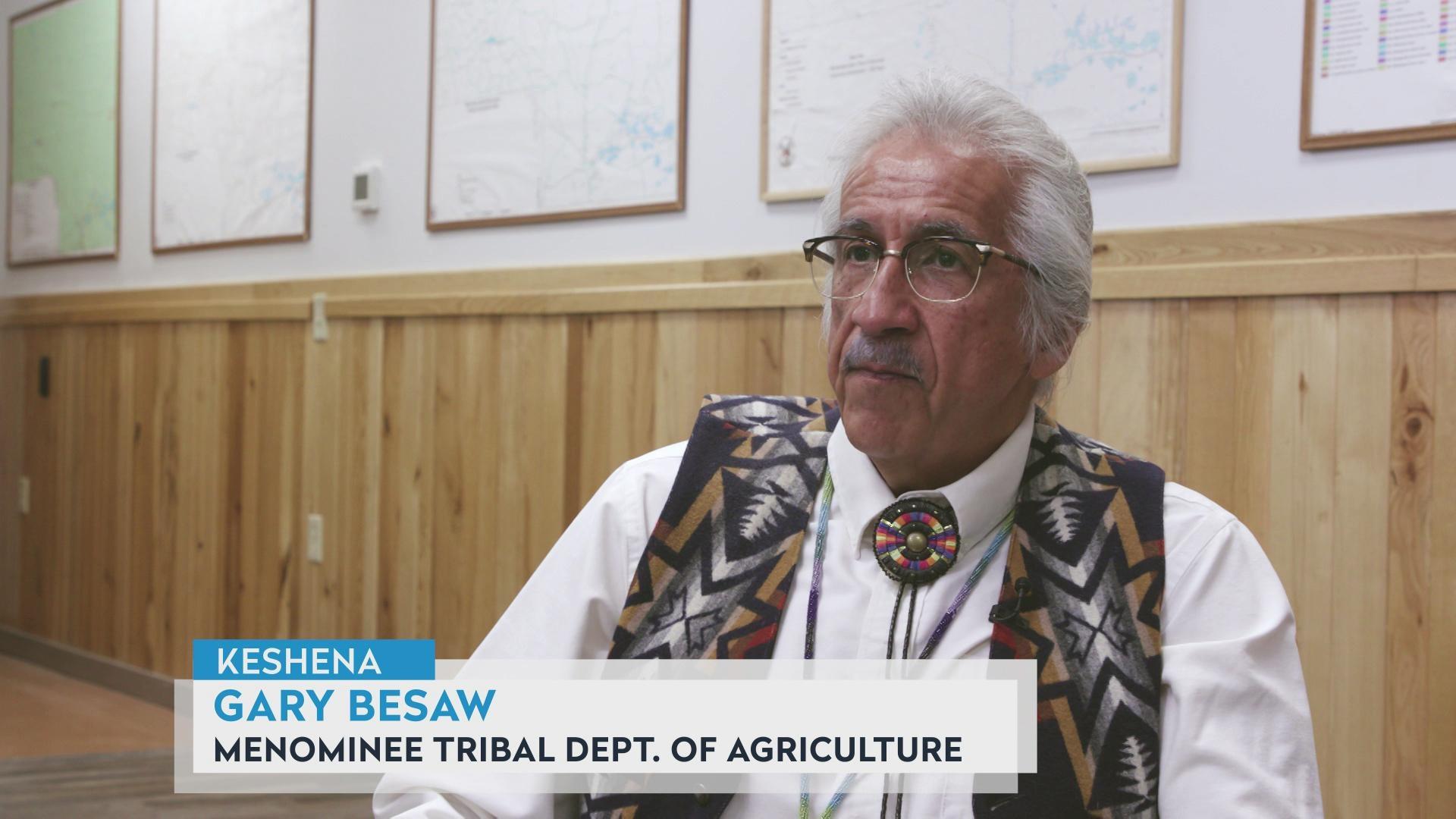
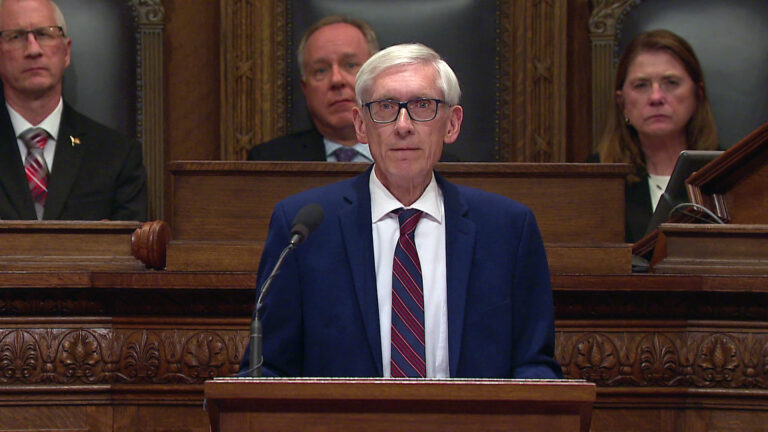

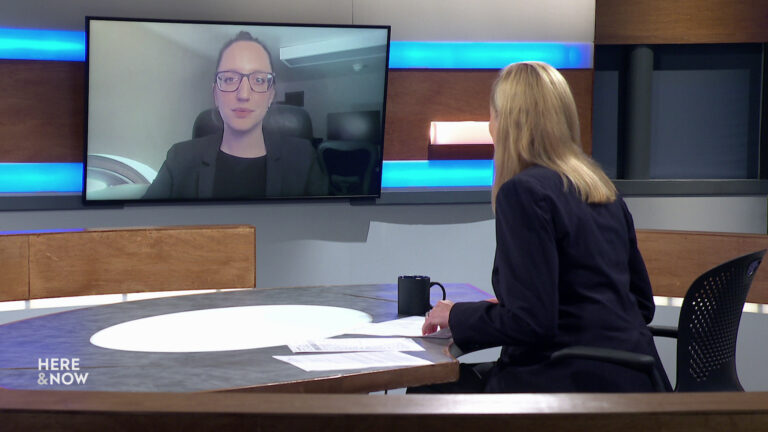
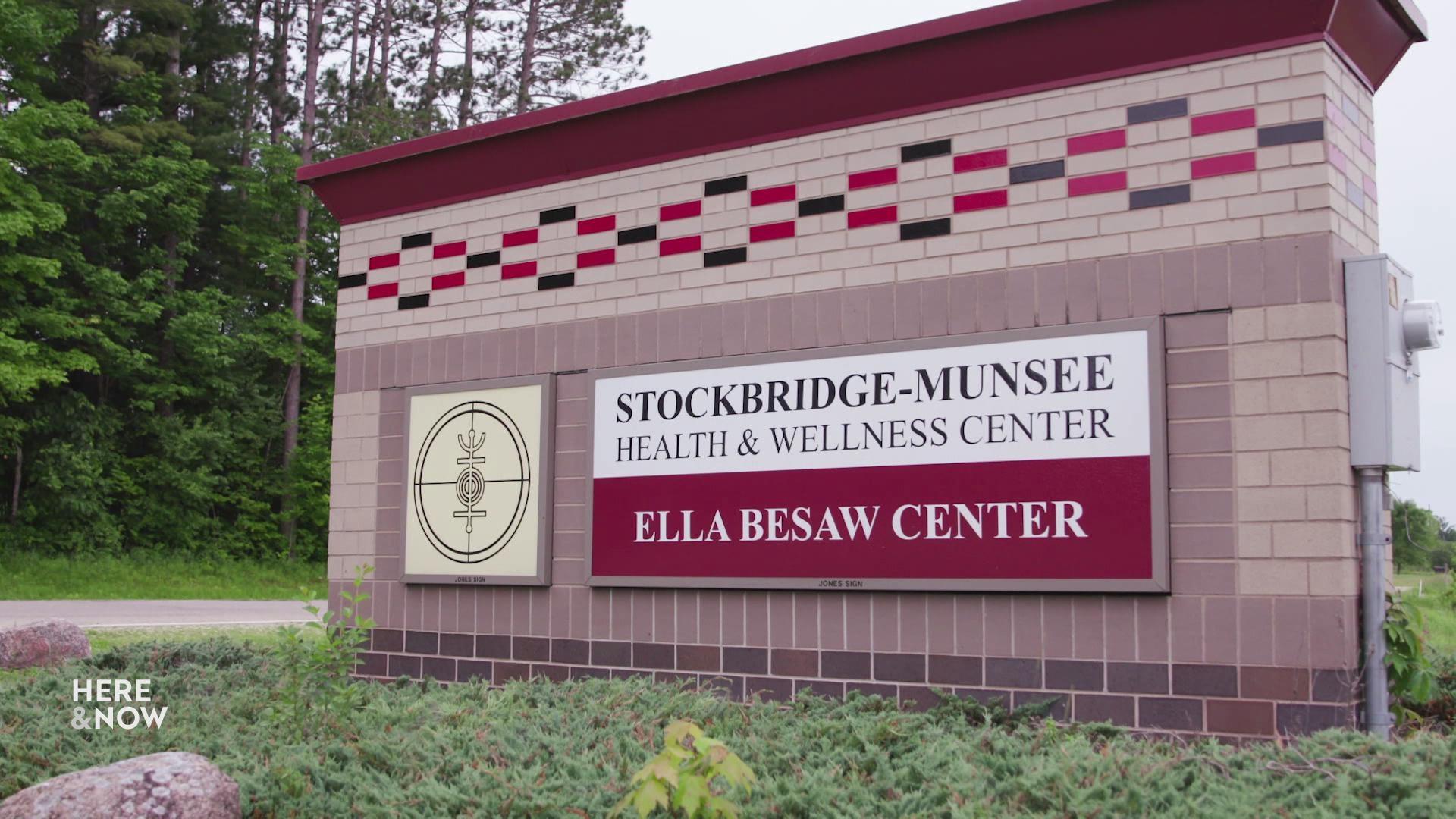
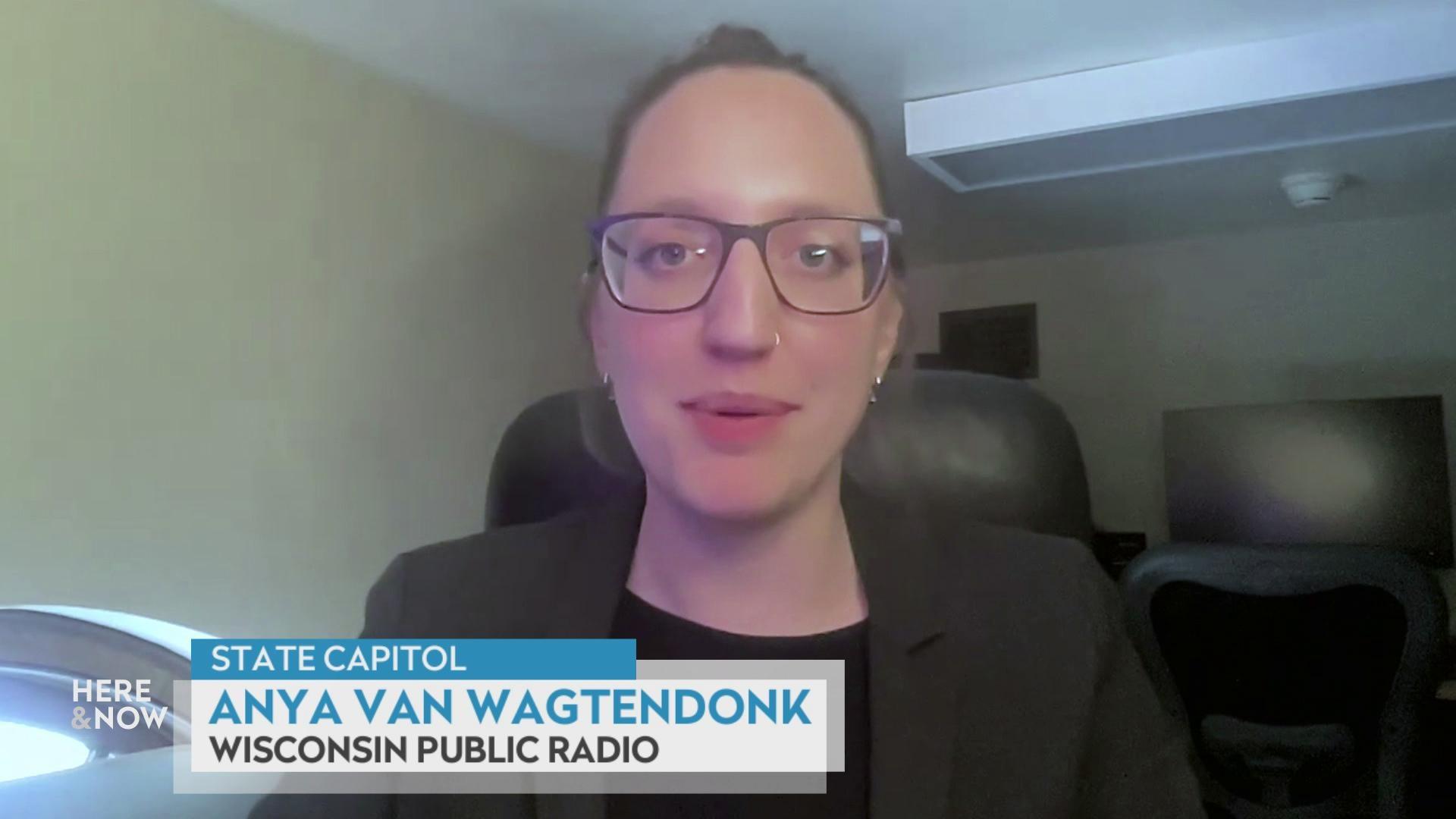
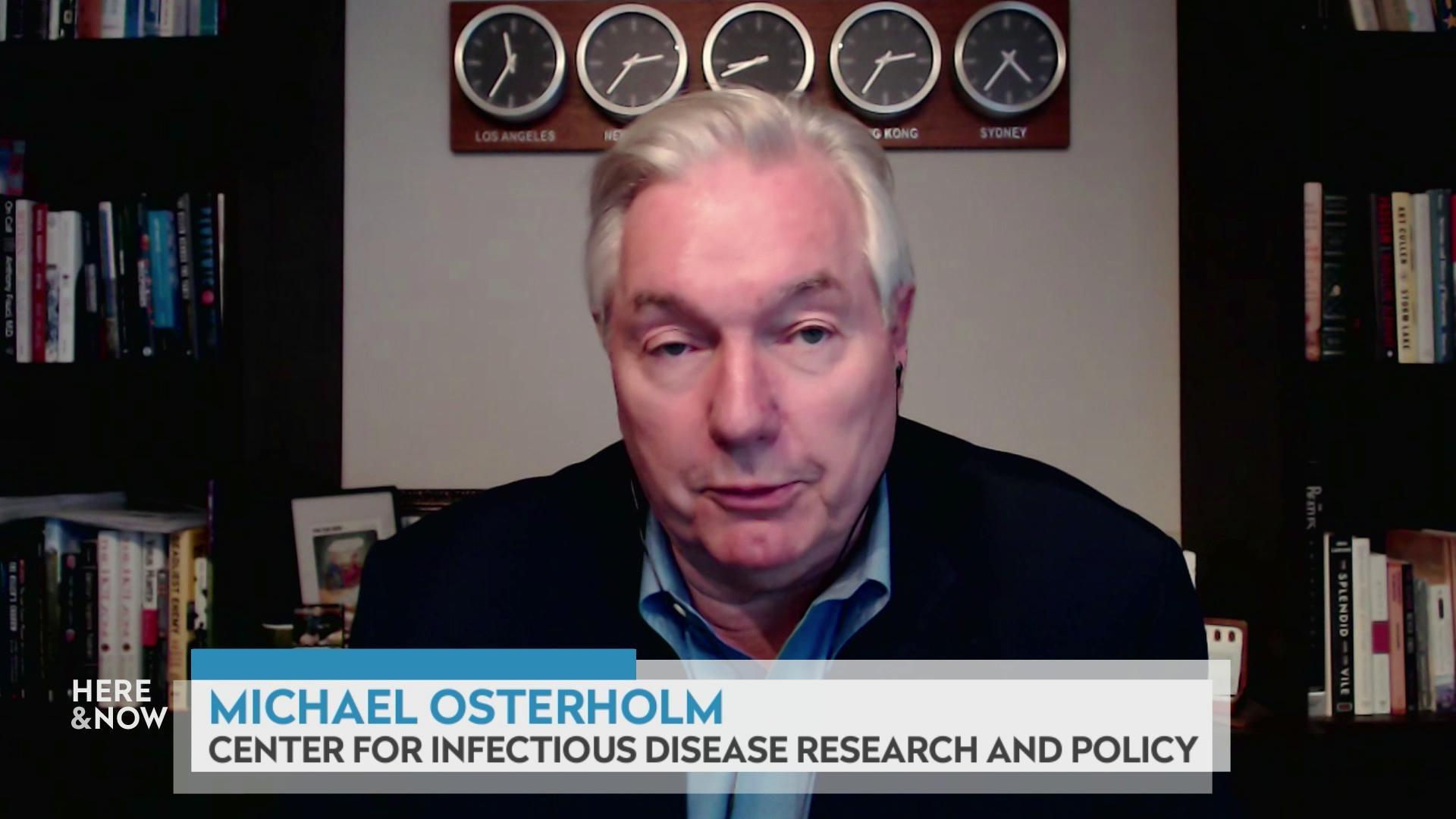
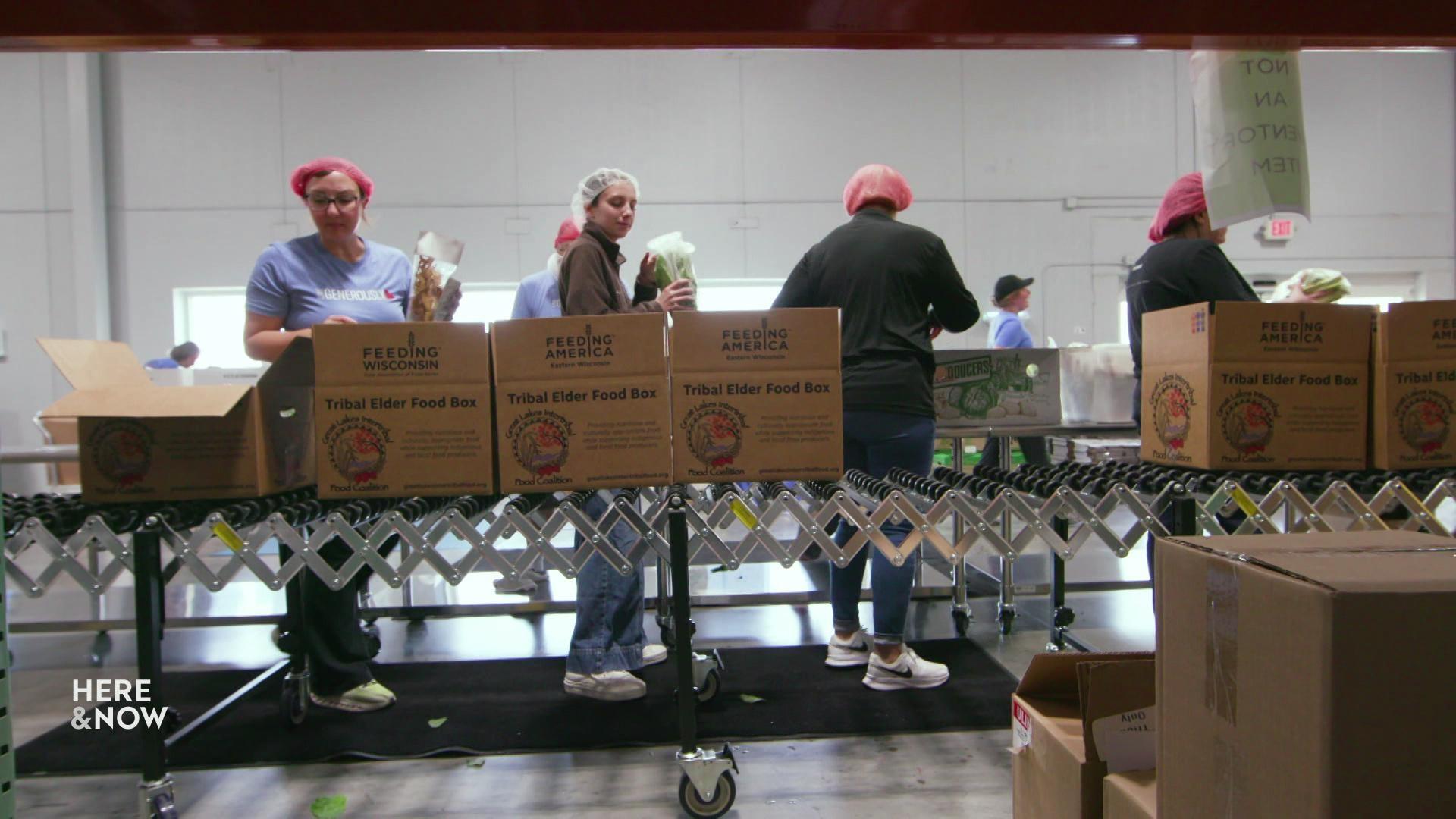
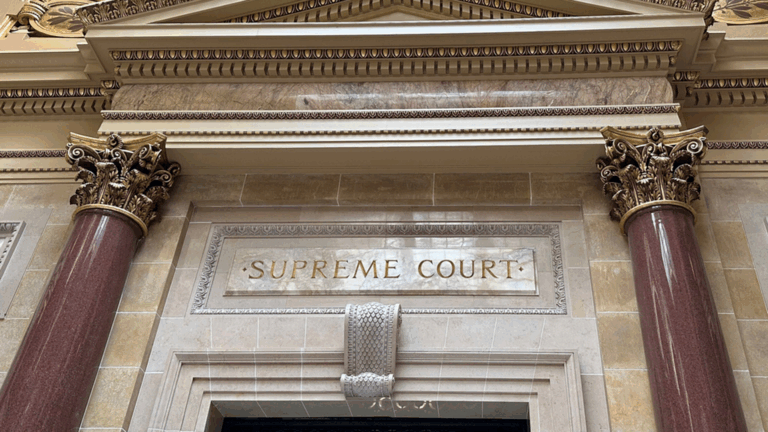

Follow Us